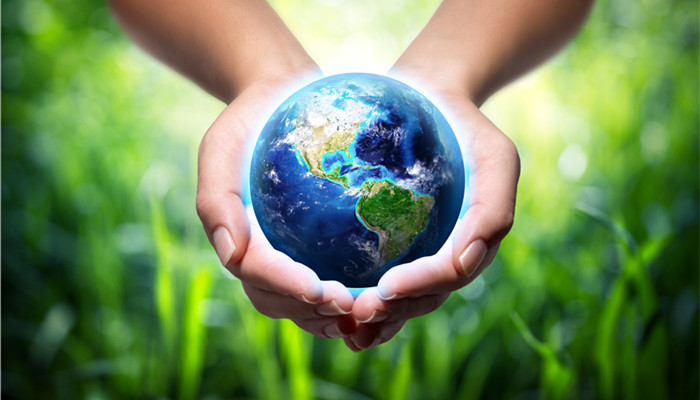
The market penetration rate of biodegradable plastic bags has increased rapidly, and the industry has broad room for development in the future.
Biodegradable plastic bags refer to plastic shopping bags made from biodegradable resin as raw materials and processed through heat sealing, adhesion, bag making and other processes. According to different materials, degradable plastic bags can be divided into photodegradable plastic bags, biodegradable plastic bags, photo/biodegradable plastic bags, water introduction plastic bags, etc.; according to different uses, they can be divided into degradable plastic bags for food contact and Biodegradable plastic bags for non-food contact use.
According to the “China Biodegradable Plastic Bag Market Analysis and Development Prospects Research Report 2023-2027” released by the Industrial Research Center, it can be The main raw materials of degradable plastic bags are biodegradable plastics, mainly including PBAT (polybutylene adipate terephthalate), PHA (polyhydroxyalkanoate), PLA (polylactic acid), PCL (polycaprolactone) and starch-based degradable plastics, etc. Among them, PBAT and PLA are the main raw materials for degradable plastic bags. Currently, under the background of continuous innovation of related domestic technologies, their production capacity is constantly increasing. In 2022, domestic PBAT production capacity will be close to 700,000 tons, and PLA production capacity will be close to 400,000 tons. The continuous expansion of raw material production capacity has laid a good foundation for the development of the domestic degradable plastic bag industry.
Plastic bags are an indispensable product in current national life. They are mainly used to package other items. Due to their large capacity, light weight, low cost, and convenient storage, they are widely used in various scenarios of national life, including shopping, takeout, Express delivery, etc. Biodegradable plastic bags were developed under the continued implementation of domestic plastic restriction orders and the continuous strengthening of supervision in the field of environmental protection. They are a type of environmentally friendly products used to replace ordinary plastic bags.
At present, degradable plastic bags are continuously increasing market penetration due to their excellent biodegradability, safety, non-toxicity, green and environmental protection and other characteristics. However, due to the late start of the domestic biodegradable plastic industry, my country’s biodegradable plastic bags are still in the industry introduction period. At this stage, the domestic plastic bag market capacity is about 480 billion yuan. In the future, with national policies strongly supporting the development of the degradable plastic bag industry, my country’s degradable plastic bags are expected to accelerate the comprehensive replacement of ordinary plastic bags, and the industry will have broad room for development in the future. .
At present, many domestic companies have entered the degradable plastic bag market, mainly including Kingfa Technology, Wandajie Environmental Protection, Huali Bio, Shuye Environmental Protection Technology, Hanfeng New Materials, Zhaolong High-tech, Huafa Ecology, Iridescent New Materials, etc. However, there is still a large gap between the technology of domestic enterprises and leading foreign companies. In the future, enterprises will need to continue to increase their efforts in core technology research and development to enhance product competitiveness.
Industry analysts said that degradable plastic bags, as a type of green and environmentally friendly products, are currently subject to strong national policy Against the background of support and the continuous improvement of domestic production levels, its output continues to increase, and it is constantly replacing ordinary plastic bags as the mainstream product in the market. The future development prospects of the industry are broad. However, the current development of my country’s degradable plastic bag industry is still faced with difficulties such as low production technology, uneven product quality, and substandard biodegradation rates. There is huge room for industry growth in the future.

 微信扫一扫打赏
微信扫一扫打赏

